While looking into artificial intelligence “behavior,” researchers affirmed that yes, OpenAI’s GPT-4 appeared to be getting dumber.


Thanks to Cancer Research UK! http://www.cancerresearchuk.org.
Links to LEARN MORE and SOURCES are below.
follow me: http://www.twitter.com/tweetsauce.
What is cancer?
http://www.cancerresearchuk.org/cancer-info/cancerandresearc…is-cancer/
http://www.cancerresearchuk.org/cancer-info/cancerstats/keyfacts/
http://en.wikipedia.org/wiki/Hallmarks_of_cancer.
Visualizing the prevention of cancer: http://www.cancerresearchuk.org/cancer-info/cancerstats/caus…alisation/
10 cancer MYTHS debunked: http://scienceblog.cancerresearchuk.org/2014/03/24/dont-beli…-debunked/
Other cancer articles:
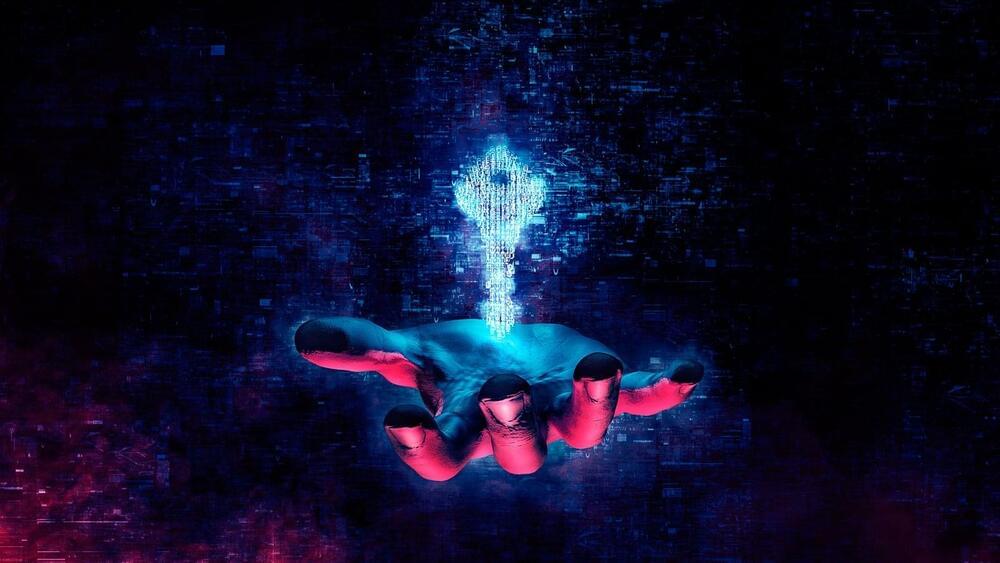
The Abyss Locker operation is the latest to develop a Linux encryptor to target VMware’s ESXi virtual machines platform in attacks on the enterprise.
As the enterprise shifts from individual servers to virtual machines for better resource management, performance, and disaster recovery, ransomware gangs create encryptors focused on targeting the platform.
With VMware ESXi being one of the most popular virtual machine platforms, almost every ransomware gang has begun to release Linux encryptors to encrypt all virtual servers on a device.

Google’s plans to introduce the Web Environment Integrity (WEI) API on Chrome has been met with fierce backlash from internet software developers, drawing criticism for limiting user freedom and undermining the core principles of the open web.
Employees from Vivaldi, Brave, and Firefox have taken a strong, opposing stance against Google’s proposed standard, and some have gone as far as to call it DRM (digital rights management) for websites.
Emotional wording, persuasive animations, and roadblocks to completing purchases are all used to drive people into a Prime membership.
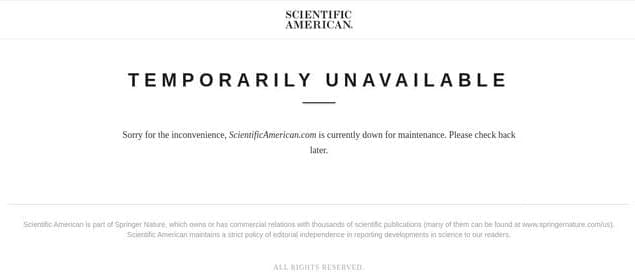
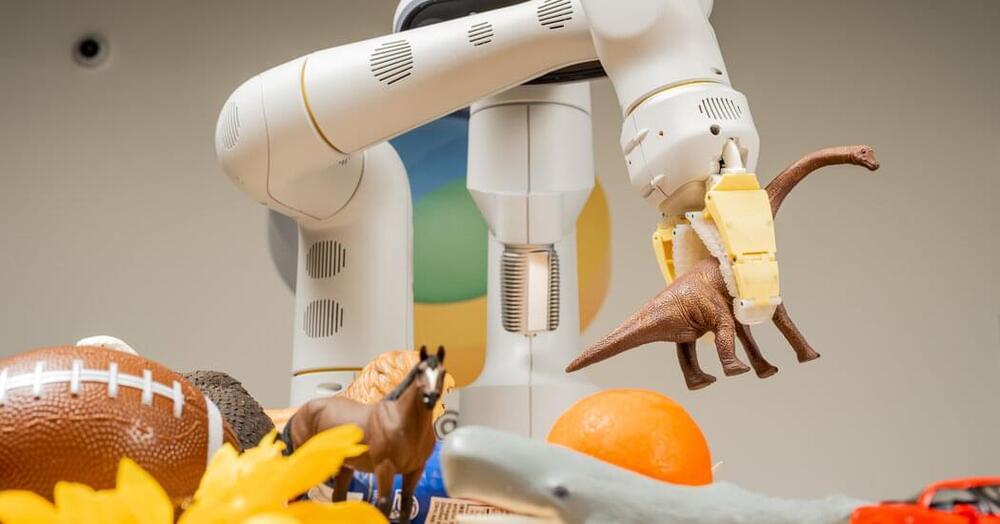
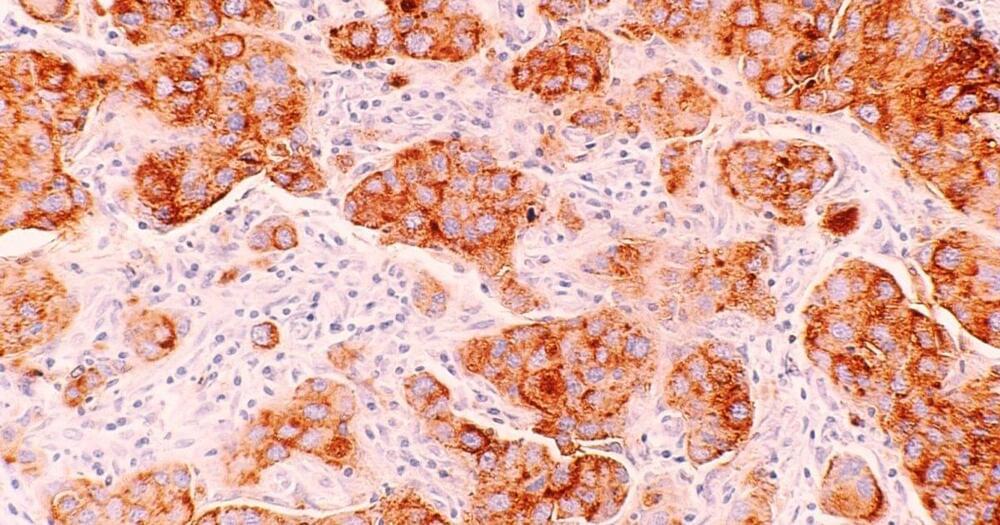

Google career certificates are no longer just an alternative to college — they’re also now a way for college students to boost their earning potential, while lowering the cost of obtaining a degree.
The challenge: On average, people with bachelor’s degrees earn $27,000 more per year than people whose highest level of education is a high school diploma.
However, students can expect to spend thousands or tens of thousands of dollars per year earning their degrees through a traditional four-year program, and about two-thirds of students end up taking out loans to help pay that cost.
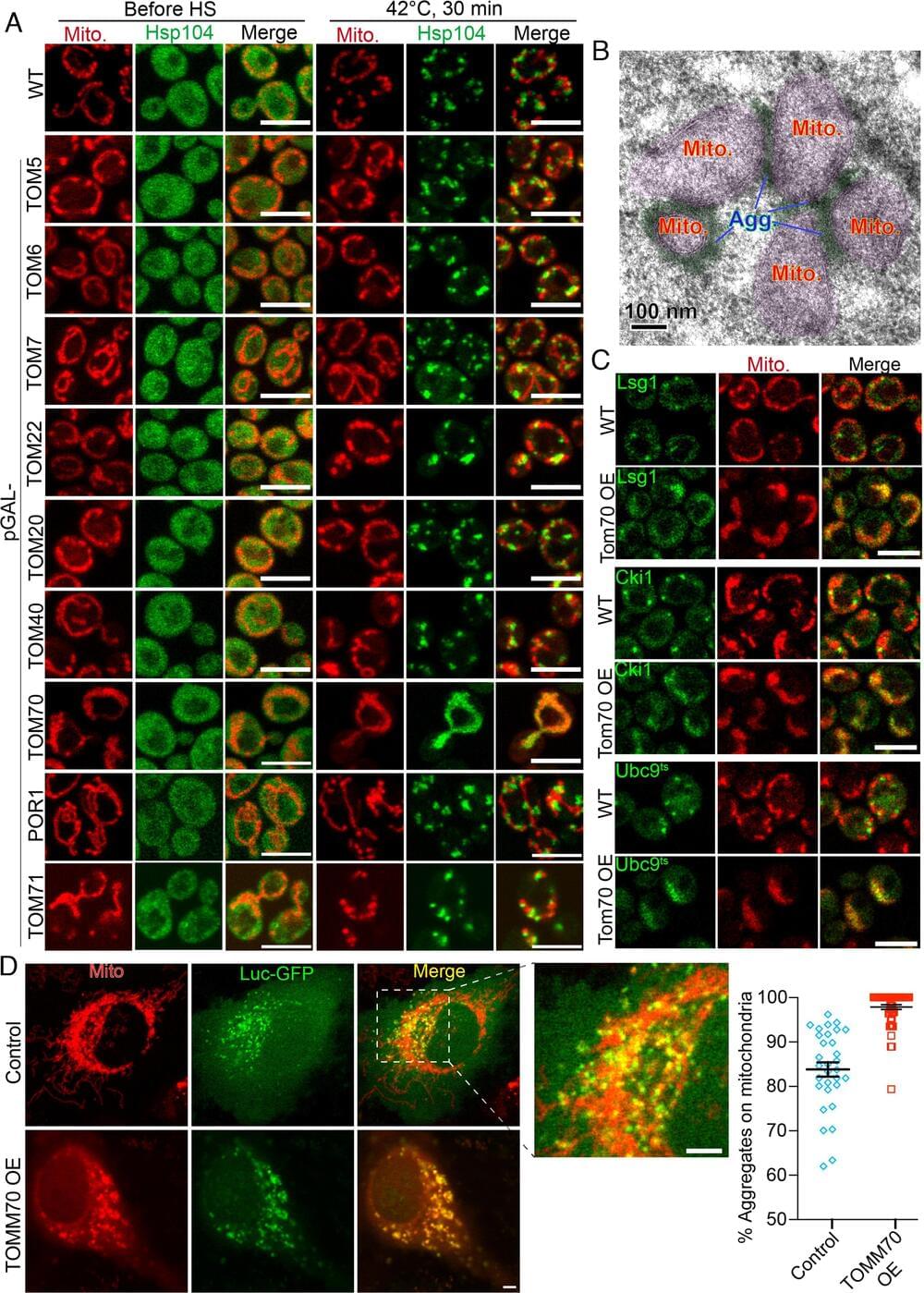
Eukaryotes organize cellular contents into membrane-bound organelles and membrane-less condensates, for example, protein aggregates. An unsolved question is why the ubiquitously distributed proteins throughout the cytosol give rise to spatially localized protein aggregates on the organellar surface, like mitochondria. We report that the mitochondrial import receptor Tom70 is involved in the localized condensation of protein aggregates in budding yeast and human cells. This is because misfolded cytosolic proteins do not autonomously aggregate in vivo; instead, they are recruited to the condensation sites initiated by Tom70’s substrates (nascent mitochondrial proteins) on the organellar membrane using multivalent hydrophobic interactions. Knocking out Tom70 partially impairs, while overexpressing Tom70 increases the formation and association between cytosolic protein aggregates and mitochondria. In addition, ectopic targeting Tom70 and its substrates to the vacuole surface is able to redirect the localized aggregation from mitochondria to the vacuolar surface. Although other redundant mechanisms may exist, this nascent mitochondrial proteins-based initiation of protein aggregation likely explains the localized condensation of otherwise ubiquitously distributed molecules on the mitochondria. Disrupting the mitochondrial association of aggregates impairs their asymmetric retention during mitosis and reduces the mitochondrial import of misfolded proteins, suggesting a proteostasis role of the organelle-condensate interactions.